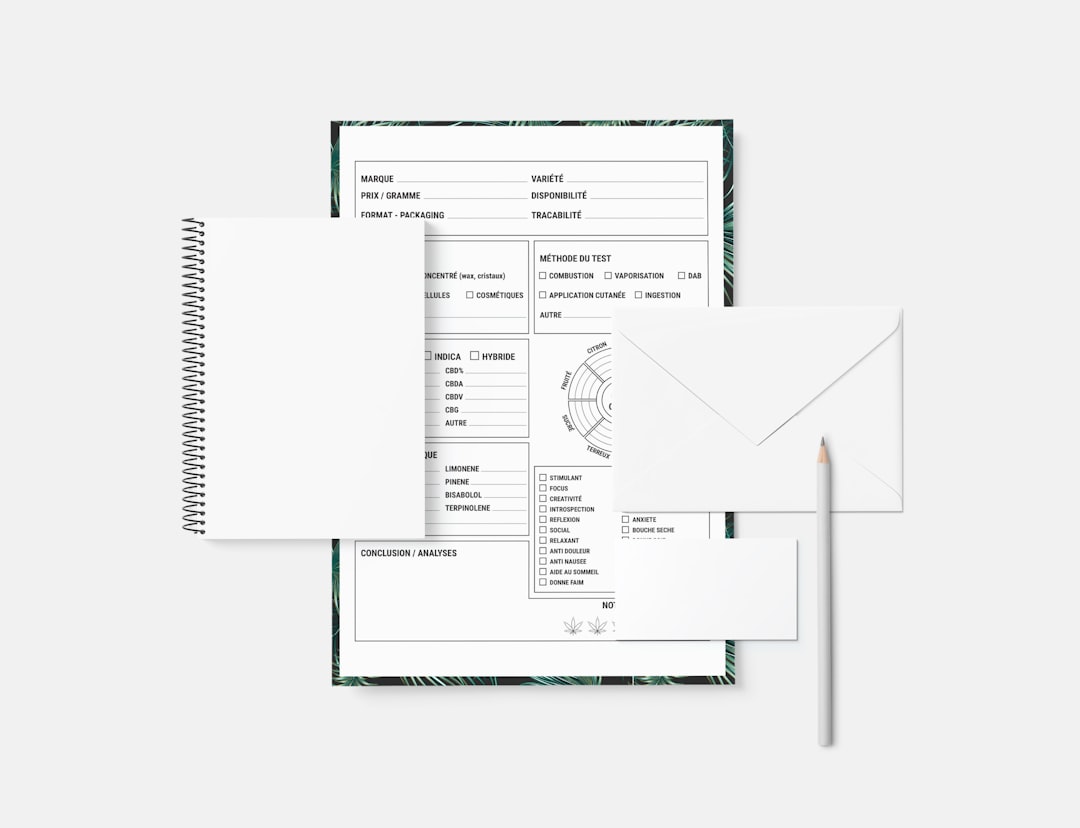Whether you’re a WordPress theme developer or a designer putting the finishing touches on your latest theme, having detailed and clear documentation is one of the most crucial — and often overlooked — aspects of your work. Great documentation not only supports the end-user but also showcases your professionalism and level of care in product development. In this guide, we’ll explore the best practices for WordPress theme documentation, why it matters, and real examples that you can learn from.
Why WordPress Theme Documentation Matters
Documentation can be the difference between a happy user and a frustrated one. While your theme may be visually stunning and feature-rich, without well-written instructions, users may not understand how to install or use it properly. Here’s why documentation is essential:
- Improves User Experience: Easy-to-follow guides ensure users have a smooth experience right from installation.
- Reduces Support Requests: Clear documentation can answer common questions, saving you time and resources.
- Builds Credibility: Well-documented themes look professional and show your commitment to quality.
- Boosts Sales and Downloads: When users see a well-supported theme, they are more likely to buy or download it.
Essential Components of Theme Documentation
If you want your documentation to truly serve its purpose, it needs to be complete and structured. Below are the key sections that every WordPress theme documentation should include:
- Introduction: Begin with an overview of the theme, outlining its purpose and primary features.
- Installation Instructions: Describe how to install the theme via WordPress admin or FTP.
- Theme Setup: Provide a step-by-step configuration process, such as menu setup, widgets, and homepage layout.
- Customization Options: Explain how to use the Customizer, theme settings, or third-party plugins for customization.
- Troubleshooting: Offer solutions to the most common issues users might encounter.
- FAQ Section: Address frequent questions or special tips for experienced users.
- Resources and Support: Link to your support forum, contact form, or email address.
The goal is to make sure the user never feels lost as they implement your theme.
Best Practices for WordPress Theme Documentation
Good documentation is more than just listing instructions. It’s about making content accessible, usable, and enjoyable. Follow these practices to achieve that:
1. Keep it Simple & Clear
Write in plain English. Avoid jargon unless it’s common WordPress lingo, and even then, explain what it means. Use short sentences, bullet points, and numbered lists for structure.
2. Use Visual Aids
Pictures say a thousand words. Integrate screenshots, GIFs, or short videos to visually demonstrate actions or expected outputs.

3. Be Consistent
Use the same structure and terminology throughout your documentation. For instance, if you call it “Theme Options” in one section, don’t call it “Theme Settings” elsewhere.
4. Update Regularly
WordPress core updates often, and so do plugins and themes. Make sure your documentation reflects the current version of your theme and any dependencies it has.
5. Make It Searchable
If hosting your documentation online, ensure users can search through it. Use anchor links, headings, and a table of contents to improve navigation.
6. Offer Code Snippets Smartly
If you provide custom code in your documentation, such as CSS tweaks or PHP snippets, be sure to:
- Explain what each snippet does
- Highlight where it should be placed
- Warn users when they need to create a child theme
7. Provide Language Translation
If your user base is international, offer documentation in multiple languages or provide at least a localization-ready file along with the main docs.
8. Offer a Downloadable PDF
This is a nice touch for those who prefer an offline reference or for themes sold on marketplaces where bundled docs are required.
Formats and Delivery Methods
There are several ways to deliver documentation. Each has advantages:
- Online Documentation: Easy to navigate and search. Ideal for updates and user engagement.
- Markdown Files: Great for developers; often included in the theme’s GitHub repository.
- PDF Guides: Good for marketplaces and quick offline access. Often styled to match the theme branding.
- Embedded Help: Use WordPress’s contextual help tabs or custom dashboards inside the theme’s UI.
Examples of Excellent WordPress Theme Documentation
Let’s take a look at some real-world examples to inspire your own documentation:
1. Astra Theme
Astra’s documentation is clear, categorized, and searchable. It includes video walkthroughs, code snippets, and direct links to related articles.
Highlight: The combination of text and video enables users of all skill levels to set up their site effortlessly.
2. Divi by Elegant Themes
Divi offers extensive docs, including specific tutorials for each module, dynamic FAQs, and tooltips embedded in the theme UI itself.

3. GeneratePress
This theme offers fast-loading docs with smart categorization and community forum integration. Its library of layout configurations shows real use cases.
Highlight: The focus on performance and user-driven layouts demonstrates trust and transparency.
Interactive and Automated Documentation Tools
To elevate your documentation even further, consider integrating tools such as:
- Documentor: A WordPress plugin designed specifically to create online documentation pages.
- Helpie WP: Dynamic, searchable knowledge base plugin perfect for continuous updates.
- ReadMe.io: Used for creating developer-friendly documentation with markdown support.
- GitBook: Offers version control and collaborative editing features for documentation.
Tips for Writing Developer-Focused Documentation
If developers are also your audience, add these sections to your documentation:
- Hooks and Filters: List all available actions and filters for customization.
- Template File Structure: Offer a breakdown of the file hierarchy with explanations.
- Child Theme Instructions: Provide a starter child theme and usage example.

Final Thoughts
Great documentation isn’t an afterthought — it’s an essential part of your WordPress theme success. It reduces support queries, increases user satisfaction, builds a loyal base of customers, and reflects your level of professionalism. Whether you’re building lightweight themes or feature-rich platforms, a well-documented theme will stand out in a competitive marketplace.
Remember, your job isn’t finished when the theme is complete. It’s finished when your users know exactly how to use it without needing to email you for every step. With the best practices and examples mentioned above, you’re not just creating beautiful themes — you’re creating remarkable user experiences.